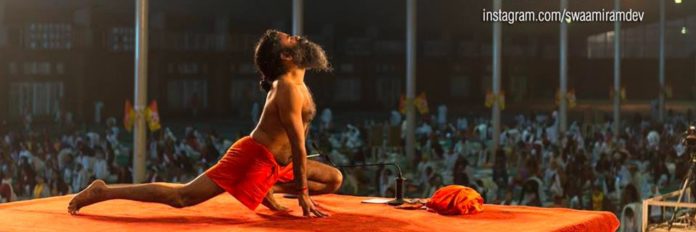
Forced sterilisations during Emergency – widely believed to be the brainchild of Sanjay Gandhi – have left an indelible mark on India’s population control efforts
Emergency is a dirty word in Indian politics. It is an even dirtier word in India’s population control drive. That is why Yoga Guru Ramdev’s radical prescription of denying voting rights and health and educational facilities and jobs to those with more than two kids sounds like a bit of time travel.
After all, the forced sterilisations during Emergency – widely believed to be the brainchild of Sanjay Gandhi – have left an indelible mark on India’s population control efforts; some say they spoilt the ground for male sterilisation for good. Ramdev’s prescription is also a bit of an anachronism because India’s efforts at population control have actually evolved since the Emergency era.
The focus now is not so much on “hum do hamare do (we are two, we have two)” but on things like spacing, promotion of contraception use and empowerment of women is that they can take a decision on whether or not to increase family size. That is where come options like injectable contraceptives that give women the flexibility and the independence to go for the shot with or without the knowledge of their husbands. Even in Mewat – officially India’s most backward district – that is how illiterate women are taking decisions on family size.
The more problematic part of the “spiritual” guru’s governance prescription of course is that for something like that to be implemented the corollary should hold too. Government job, quality education in a government school and healthcare should first be available for all those with less than two kids for the denial to the others to be tenable. It is not.
This is not to say that India does not need population control. What it certainly does not need is a police state that seeks to cover its own failures with the stick. Spiritual gurus perhaps belong in matters of the spirit rather than public policy
More importantly though, at a current total fertility rate(TFR) of 2.3, India’s population control drive has been one of the reasonably successful public health initiatives. TFR is a measure of how many children an average woman is likely to have throughout her reproductive years. The required TFR for population stabilisation is 2.1 – this means that at a TFR of 2.1, a population just stays constant without increase of decrease.
Admittedly the figures vary widely among states shows data from the National Family Health Survey 4. Many states such as Andhra Pradesh, Himachal Pradesh, Jammu and Kashmir, Karnataka, Maharashtra, Odisha, Punjab and West Bengal have brought TFR down to the stabilisation levels, but there are others like Bihar, Madhya Pradesh and Uttar Pradesh where the TFR remains above three. “Although average total fertility (rate) for the whole country is 2.3 births per woman, it is above 3.0 in the states of Uttar Pradesh, Bihar and Madhya Pradesh, and below replacement level in Maharashtra and West Bengal, and the four southern-most states,” according to “The State of World Population 2018” report issued by the UN Fund for Population Activities (UNFPA) last year.
In fact while the absolute numbers remain high – most new TB cases (27.9 lakh), the highest number of infant and child deaths (about 9,00,000) and the largest number of malnourished children (about a third of the world total of 180 million) – India’s TFR belies first impressions.
India is in line with the TFR figures for countries with similar socioeconomic indicators. Pakistan’s TFR is 3.55, Bangladesh’s at 2.14 and Nepal’s at 2.17. Only Bhutan, as per the Bhutan Living Standards Survey Report 2017, has achieved a total fertility rate of 1.9 — which means it is on its way now to population reduction.
This is not to say that India does not need population control. What it certainly does not need is a police state that seeks to cover its own failures with the stick. Government data shows only 53.5 per cent of couples use “modern” birth control measures in India. That needs policy intervention, not punitive measures.
Spiritual gurus perhaps belong in matters of the spirit rather than public policy.













